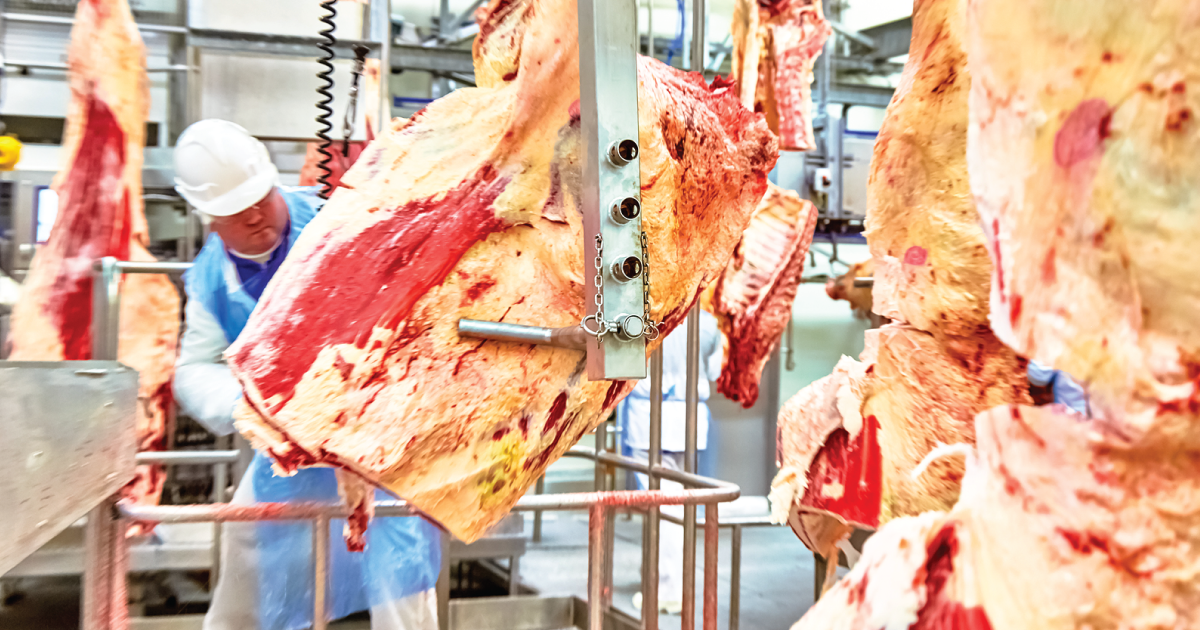
As Major Meat Processors Buckle Under COVID-19 Crisis, Busy Smaller Competitors Fight Red Tape
Could America’s small- to mid-sized meat processors pick up the lost capacity when large packers have to close? They might. But federal meat-inspection laws and regulations are standing in the way.
May 7, 2020 | Source: The Counter | by Baylen J. Linnekin
Could America’s small- to mid-sized meat processors pick up the lost capacity when large packers have to close? They might. But federal meat-inspection laws and regulations are standing in the way.
As Covid-19 ravages the workplaces of America’s largest meat processors, many of these giant facilities, which supply the vast majority of the nation’s beef, pork, and chicken, have shut down or reduced capacity. Securing some protection from liability concerns—however unspecified—via President Trump’s recent executive order to remain open during this pandemic, the country’s big processors are nonetheless coping with myriad existential threats to their business model. Employees aren’t showing up. Livestock farmers are culling their herds. Productivity is down.
Unlike their larger competitors, though, many smaller meat-processing plants in the United States report brisk business. These small- and mid-sized processors face some of the same workplace challenges as the big processors. But the real obstacle that’s preventing ranchers and farmers that utilize these facilities from supplying more meat to more Americans is an outdated federal law that props up the large processors while preventing local meat producers from selling steaks, roasts, and other cuts of meat to consumers in grocery stores, at farmers’ markets, and elsewhere in their communities.
